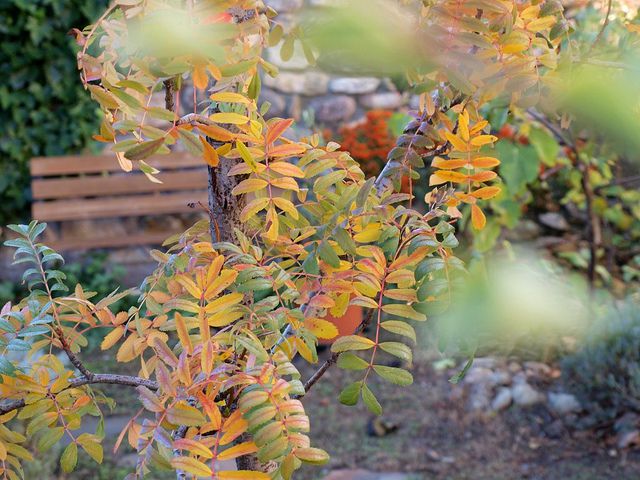-
 IDS
IDS
-
 Ultrabasic
Ultrabasic
-
 Belemnites
Belemnites
-
 Bartholin glands
Bartholin glands
-
 Infestation
Infestation
-
 SALT
SALT
-
 Antibiotic
Antibiotic
-
 Viral culture
Viral culture
-
 Solute
Solute
-
 Onychomycosis
Onychomycosis
-
 Miocene
Miocene
-
 Carpal
Carpal
-
 Acid
Acid
-
 Urine M&C
Urine M&C
-
 Myeloid
Myeloid
-
 X-15
X-15
-
 Watt-hour
Watt-hour
-
 Prevalence
Prevalence
-
 Synergy
Synergy
-
 Helsinki Convention
Helsinki Convention
-
 The theory of punctuated equilibrium
The theory of punctuated equilibrium
-
 Io
Io
-
 Defensin
Defensin
-
 Carbene
Carbene
-
 Smooth muscle
Smooth muscle
-
 Sputum analysis
Sputum analysis
-
 Osteoblast
Osteoblast
-
 Joint
Joint
-
 Inhibition
Inhibition
-
 Lithium-ion battery
Lithium-ion battery
Service tree
The service tree is an attractive long lived tree , 10 to 20 m in height.

The service tree is also called the sorbus domestica. © guille querol, Flickr CC by nc-sa 2.0
Names
The service tree (Sorbus domestica) like its cousin the rowan tree, belongs to the Rosaceae family. It is also called "sorbus domestica".
Botanical description of the service tree
The service tree is a tree with a slender ovoid shape, which becomes globular with age. It has a scaly cracked bark which is brown-orange in colour. Its deciduous leaves are feathery with 13 to 21 leaflets. They have a rounded base that are only dentate along their upper part. It is an hermaphrodite species which produces 8 to 10 mm diameter white flowers in May to June grouped in less dense, more conical clusters than those of the rowan tree. Its fruits, the corms, are green with brownish coloured patches when they mature and look like small pears.

Sorbus domestica. © Bambo, Flickr CC by nc-sa 2.0
Origins
Unlike the rowan tree, this tree is a meridional species, originating from the South of Europe. In the time of the Roman Empire it spread throughout the rest of our continent.
Growing requirements of the service tree
The corner is a frugal country tree which grows in most ground, particularly chalky. It needs light. It does not like other neighbouring trees.
Use
In the past the service was grown as a fruit tree as its corms were very popular. The Romans fermented them to produce a drink similar to cider. Its wood is very hard with a compact grain and is used for engravings and to make various tools.
Author: Michel Caron
 The service tree. © guille querol, Flickr CC by nc-sa 2.0
The service tree. © guille querol, Flickr CC by nc-sa 2.0
Latest
Fill out my online form.



